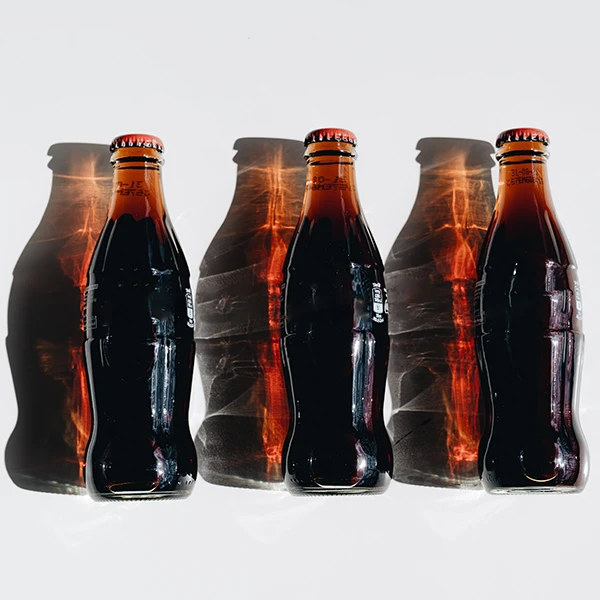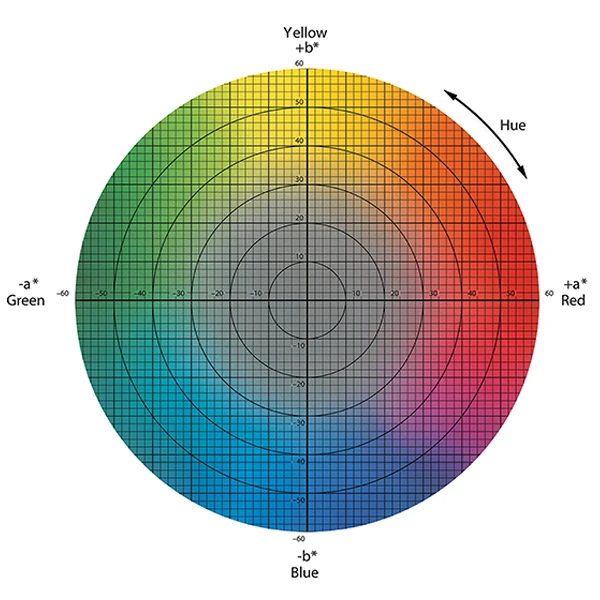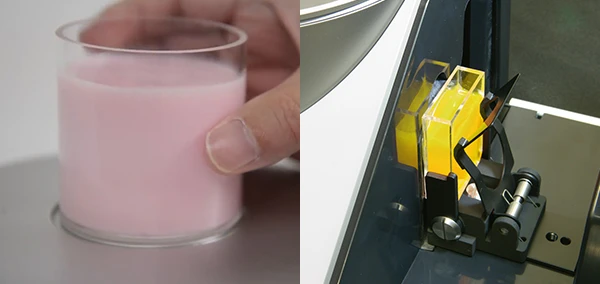Measuring the Color of Beverage

The color of a beverage has significance beyond mere appearance. Whether it’s the vibrant colors in fruit juice or multi-colored carbonated drink, color is an essential aspect that can impact consumers’ perception and taste experience. Color is also an indicator of quality in beverages, where color changes can signal deterioration or changes in the composition of beverages over time. Therefore, measuring and understanding the color of beverages is of utmost importance.
Beverage Color Assessment
Traditionally, assessing the color of beverages was done through visual comparison. It involved comparing the color of a beverage sample to a set of standard color references. While this method is fast, it is subjective. Variations in lighting conditions and human perception can lead to inconsistencies and discrepancies in color assessment. Therefore, it lacks the precision and objectivity to ensure consistency in color evaluation across different batches or during quality control.

Objective Color Measurement of Beverage with Spectrophotometer
Spectrophotometers are widely used instruments for color measurement in many industries, including the food industry. They measure the spectral reflectance or transmittance of beverages across different wavelengths of light to obtain the spectral data or curve that represents the unique color characteristics of the beverages. The resulting spectral data is used to calculate the tristimulus values X, Y, and Z, which are then further converted into various indices and color spaces like the CIE L*a*b*.
The CIE L*a*b* is a color space defined by the International Commission on Illumination (CIE). It has three dimensions: the L* axis shows the lightness of the color, while the a* and b* axes show the chromaticity, red-green and yellow-blue, respectively.
Spectrophotometers have numerous applications in beverage research and quality control. They can help in checking the color of raw ingredients and assist beverage manufacturers in adjusting raw ingredient ratios to achieve the desired color. Spectrophotometers are useful in establishing color standards or tolerance for beverages, which can help identify color variations during production, enabling timely corrective actions. They are also valuable tools for monitoring color changes during shelf-life assessment.
Color Measurement Techniques for Beverage Color Measurement
Precise measurements of beverage color require additional consideration of their transparency levels. Different transparency levels require different color measurement techniques.
Opaque beverages, such as fruit smoothies, do not allow light to pass through and instead reflect light off their surface. Reflectance color measurement is suitable for these beverages. When measuring the color of opaque beverages, proper sample preparation, including homogenization to ensure color consistency, is crucial to obtain reliable data. On the other hand, transparent and translucent beverages, like bottled water or tea, allow all or some light to pass through. To measure the color of these beverages, transmittance color measurement is recommended.
Spectrophotometer CM-5 for Beverage Color Measurement
Konica Minolta Sensing offers a wide selection of color measurement instruments and solutions that are widely used in the food industry, notably the Spectrophotometer CM-5. In the context of beverage color measurement, the Spectrophotometer CM-5 can perform both the reflectance and transmittance color measurement, enabling easy color measurement of beverages ranging from opaque to translucent and transparent. The Spectrophotometer CM-5 is supported by a wide range of accessories, including petri dishes and cells, to ensure consistent and controlled beverage sample preparation. Check out this video to find out more about the functionality of the versatile Spectrophotometer CM-5.

Spectrophotometer CM-5 Petri Dish-reflectance measurement (left) and Liquid-transmittance measurement (right).
Are you interested in learning more about food and beverage color measurement? Or perhaps require assistance in finding the right color measurement solutions for your food application? Reach out to our color specialists for a free consultation now.
